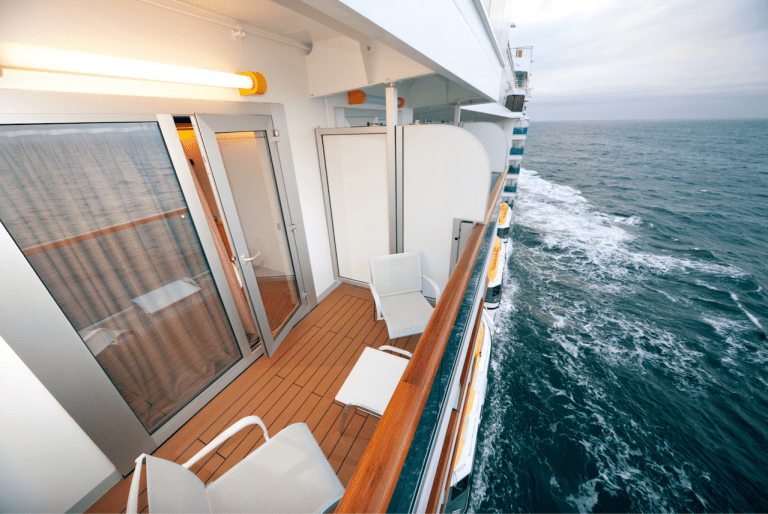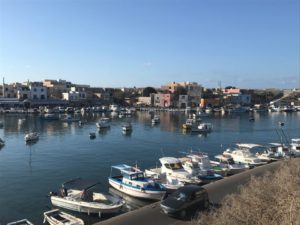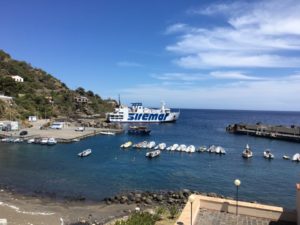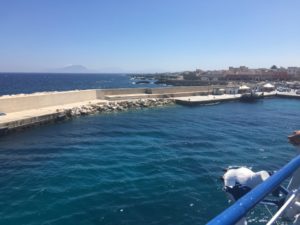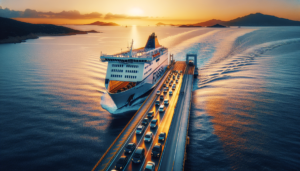Cabins of the ship
The cabins of the ferries represent the correspondent of the hotel rooms, but on board. Obviously the spaces are usually smaller, unless it is the suites of which there are not many available; mostly they are of the standard category. They can be without a view or with a window, or instead of this there is the porthole, the characteristic small circular opening that gives light to the environment and allows you to see the panorama, or the balcony. Let’s see, specifically, what is the difference between internal and external cabin.
Interior cabins
The indoor cabins are not equipped with portholes, windows or balconies; usually, in addition to being without openings except the door to the corridor, they could be, on some fleets, even slightly smaller, but it is not always so. In any case they are cheaper and are chosen by those who do not need many square meters and prefer to spend most of the time of the crossing in public spaces and do not feel uncomfortable sleeping in a dead-end space. In fact, there are also those who, rather than a small window, prefer only to stay near particular areas, such as the swimming pool, deck, bar, restaurant, self-service laundry or other entertainment centers, usually in the middle of the ship to have easy access to them; or away from these so as not to be disturbed by the noise. For others may be really important the proximity to an elevator or distance from the lower stern areas where the engine can cause discomfort.
Outside cabins
In the standard outdoor cabins there are portholes (or even windows) but they are never openable, so they do not allow ventilation but still brightness and a small view. On some ships there is also the option to book a luxurious outside balcony stateroom (such as the Presidential Suite of the GNV company), equipped with a veranda, perhaps with table and chairs, where you can go outside. The most prestigious are the aft balcony cabins with larger balconies and also with a wider perspective view, which compensates for the fact that they have less privacy as they protrude from the perimeter of the ferry. Some rooms, both standard and suite, are arranged at an angle between the stern and the side and allow an overall panoramic view; those that form a corner in the bow are almost always suites. While other cabins, although external, benefit from little light and privacy because they overlook the deck, or have a partially obstructed view because they are close to the lifeboats or because, despite having a balcony, they are located under the deck or near the bridge.
Book a ferry
Cabin location and seasickness
Another difference between these two types of cabins is their position relative to the wave motion. The internal ones are subject to less oscillation in case of roll (movement on the longitudinal axis) because they are closer to the ship’s centre of gravity. In order to attenuate the pitching oscillations (longitudinal movement that occurs when the wave crosses the boat from bow to stern) the cabins positioned centrally compared to the length axis are better. The best solution for those suffering from seasickness is therefore to settle in central cabins on both axes, and positioned not too high.
In conclusion, we can deduce that the cabins that are least affected by the sway are the internal ones, positioned on the lower floors and halfway between the bow and stern.

